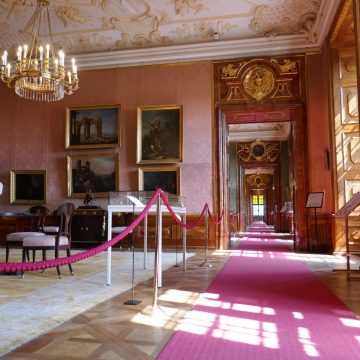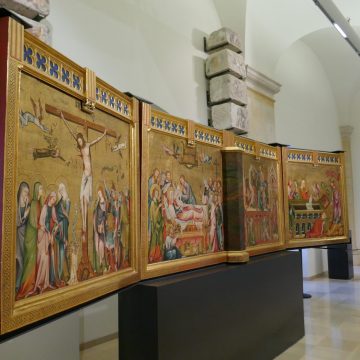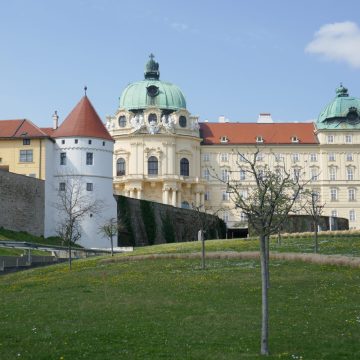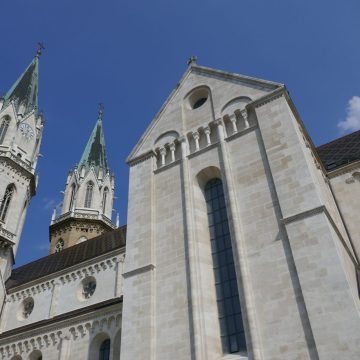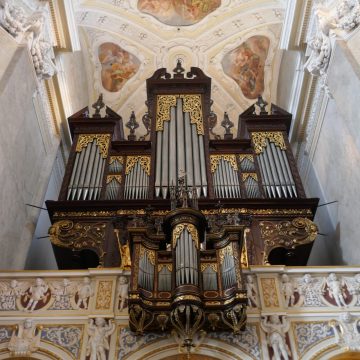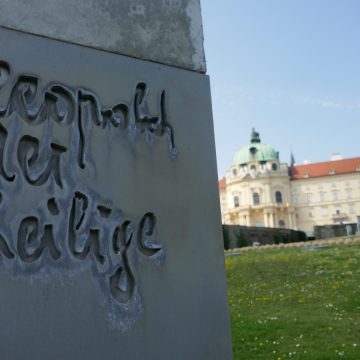Abbey Klosterneuburg
The monastery Klosterneuburg
Leopold III of Babenberg had the Abbey of Klosterneuburg built on the very spot where he rediscovered the wedding veil of his wife Agnes. The fine cloth had been carried away by a gust of wind nine years earlier. Leopold promised to build a monastery on the site where the veil was found and kept his oath. At least that is the legend.
And now for the facts: The foundation stone for the monastery was laid on June 12, 1114. In 1133 Leopold invited the Augustinian canons to the newly founded monastery. He entrusted the canons with economic, scientific and pastoral tasks, which have hardly changed until the 21st century.
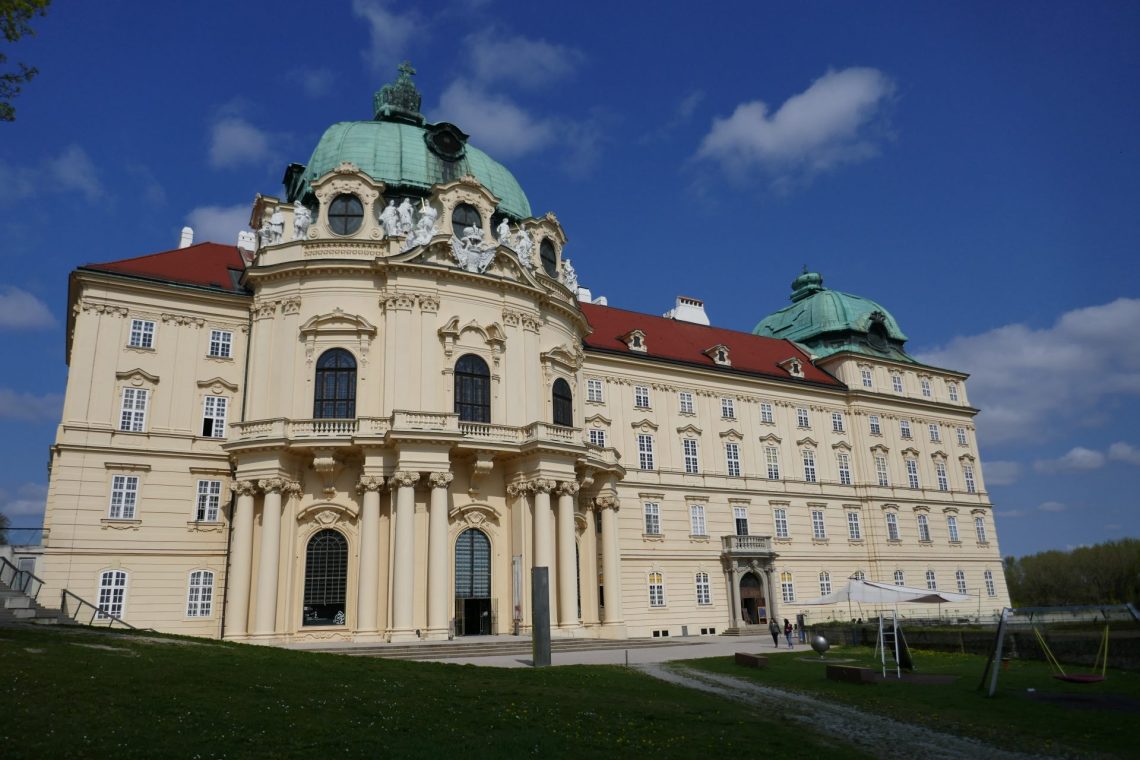
In over 900 years of history, unique art treasures have accumulated in Klosterneuburg Abbey. Already in the late 18th century, an art and rarities chamber was founded to preserve and conserve the valuable art objects.
Among the particularly valuable pieces of the monastery is the seven-branched bronze chandelier of Agnes. The gift of the emperor's daughter can be admired in the fountain house in the medieval cloister of the monastery.
The most precious work of art in the collection of the canons is certainly the Verdun altar. Originally, the 51 enamel panels served as ornaments for the pulpit covering, only after a devastating fire were the panels rebuilt into the current winged altar.
The treasury has been open to visitors since 2011. Here, in addition to remains of the legendary veil of Agnes, there are historical objects from all centuries. In addition to a particularly beautiful monstrance from the Baroque period, the Austrian Archduke's hat is also on display.
However, Klosterneuburg Abbey is not only dedicated to the past in art, but has also arrived in the present. The Gallery of Modern Art, founded in 2013, exhibits modern sacred art.
In the course of history, the collegiate church has seen many changes. At the time of its construction in the 12th century, the church was the largest in Austria. The form of the then Romanesque basilica was greatly changed during the Baroque period. Two organs adorn the church.
In addition to its pastoral duties, Klosterneuburg Abbey also provides for physical well-being in the form of fruit and wine. The winery is the oldest in Austria. There is evidence that wine from the monastery's own vineyard was served at the consecration of the monastery church in 1136.

